
Color Harmony and Mood Setting: Crafting Emotion Through Palette
Chosen theme: Color Harmony and Mood Setting. Explore how balanced hues influence feelings, focus, and behavior—turning ordinary scenes into unforgettable experiences. Read on, share your thoughts, and subscribe for more color-driven inspiration.
The Psychology Behind Color Harmony
Warm palettes often spark sociability, appetite, and energy, while cooler palettes offer calm, clarity, and quiet focus. Harmonizing both lets you dial emotional temperature deliberately, transforming rooms or interfaces into supportive, mood-conscious environments.
High contrast excites and directs attention; complementary pairs add vibrancy; analogous schemes soothe with subtle transitions. Color harmony emerges when contrast supports, not overwhelms, the emotional goal, guiding the eye without creating visual fatigue.
I once painted a front door a muted blue with a gray undertone. Neighbors slowed down, paused, and smiled. That single harmonious cool note set a calm threshold, softening daily stress before anyone even stepped inside.
Setting the Mood at Home Through Palette
Try a honey yellow softened by cream and a whisper of terracotta. This warm harmony nudges morning energy without shouting, encourages conversation, and subtly brightens even cloudy days while keeping the space grounded and welcoming.

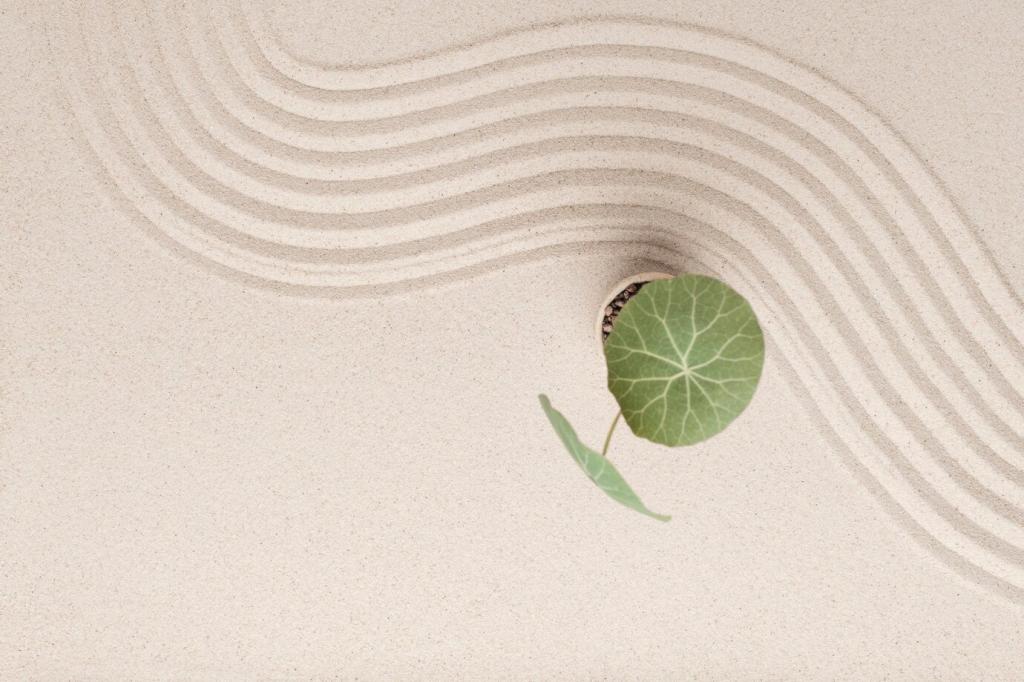
Setting the Mood at Home Through Palette
Layer cool blue-grays with desaturated lavender and a linen white. The harmony quiets visual noise, slows breathing, and invites deeper rest, while minimal contrast keeps the eye from jumping so your mind can gently unwind.
Branding and Digital Design: Harmonizing for Trust
Use harmonious palettes that still respect contrast ratios for readability. Pair softer backgrounds with darker, confident text tones. Color choices that feel good and function well create immediate trust and keep users comfortably engaged longer.
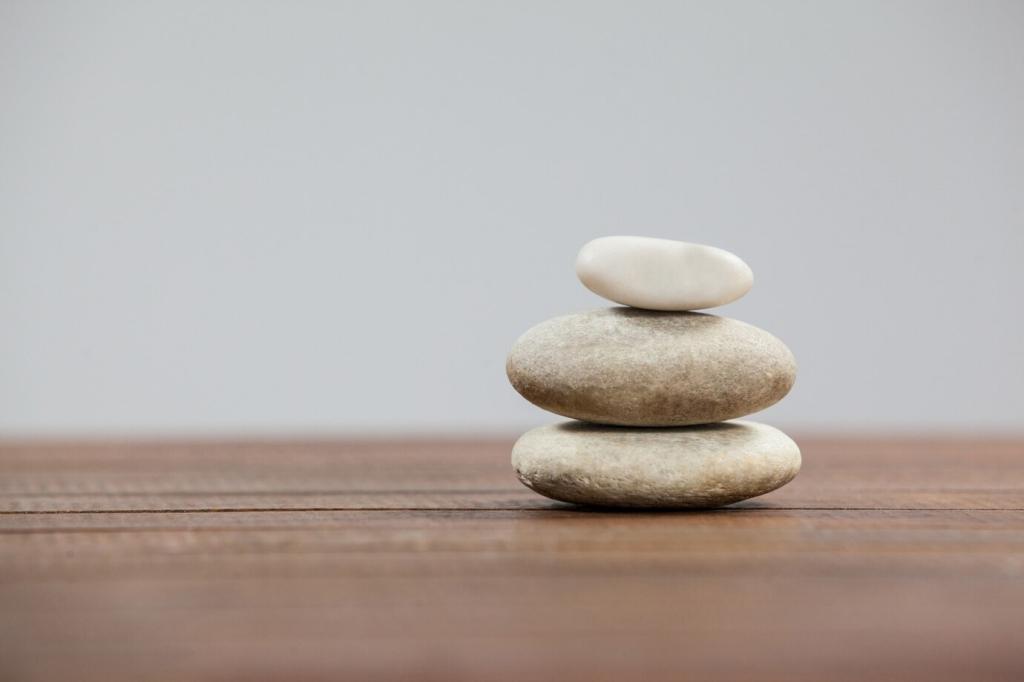
Photography and Film: Grading Emotion With Color
Harness soft ambers and dusty pinks to evoke tenderness and memory. Balanced warmth across highlights and midtones creates a unified emotional canvas, letting small gestures read as significant without heavy-handed visual manipulation or distracting saturation spikes.
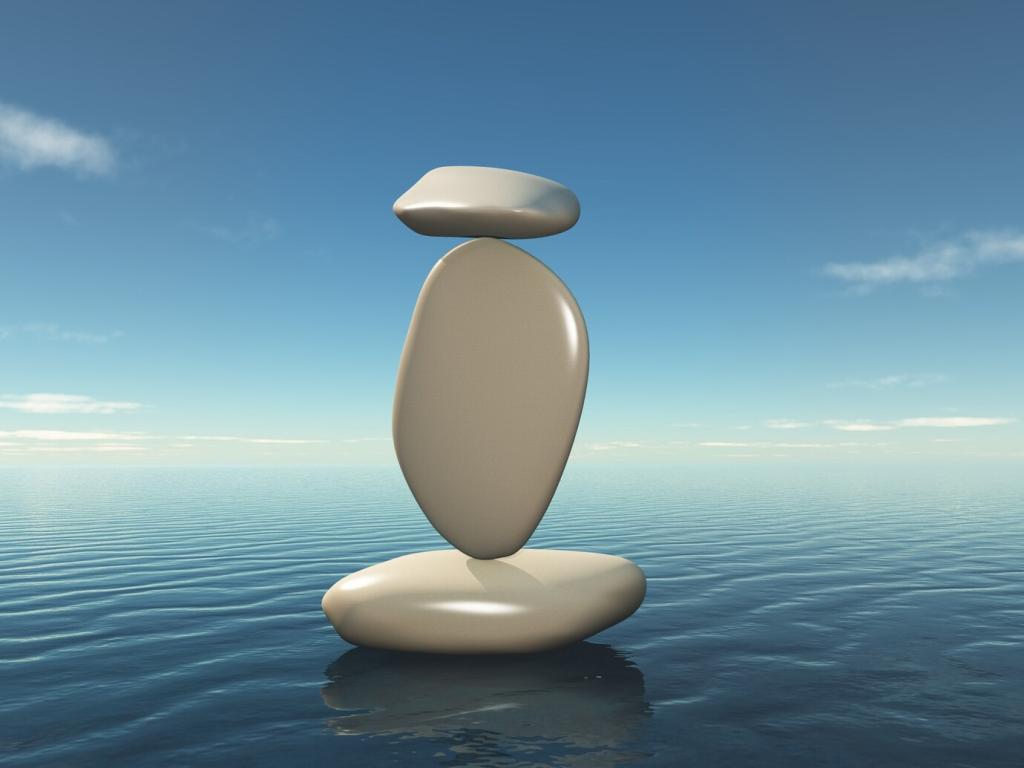
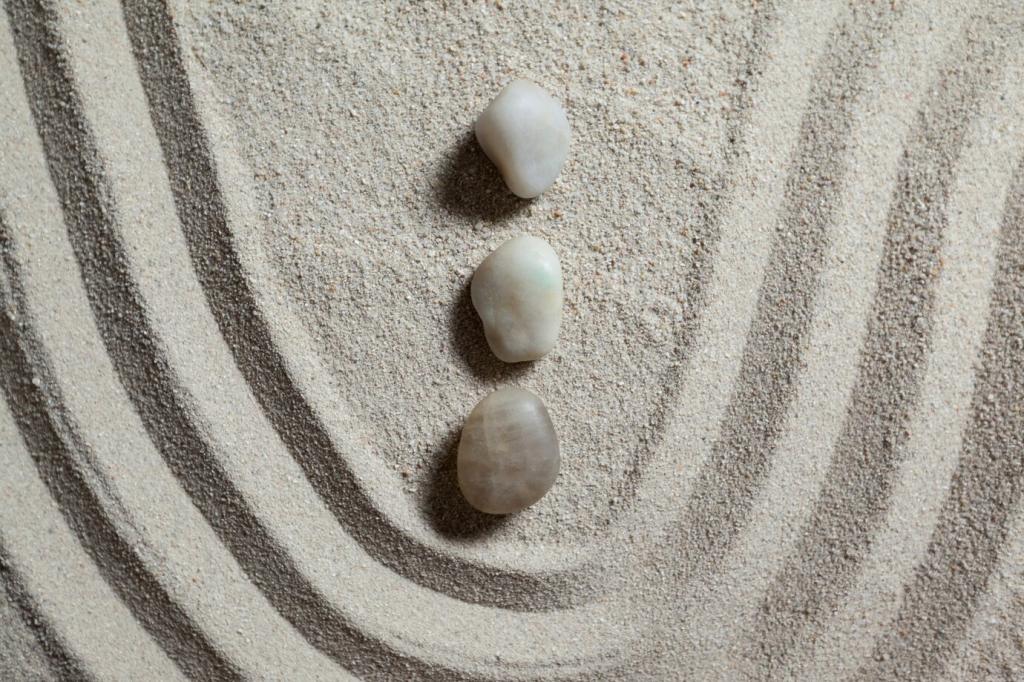

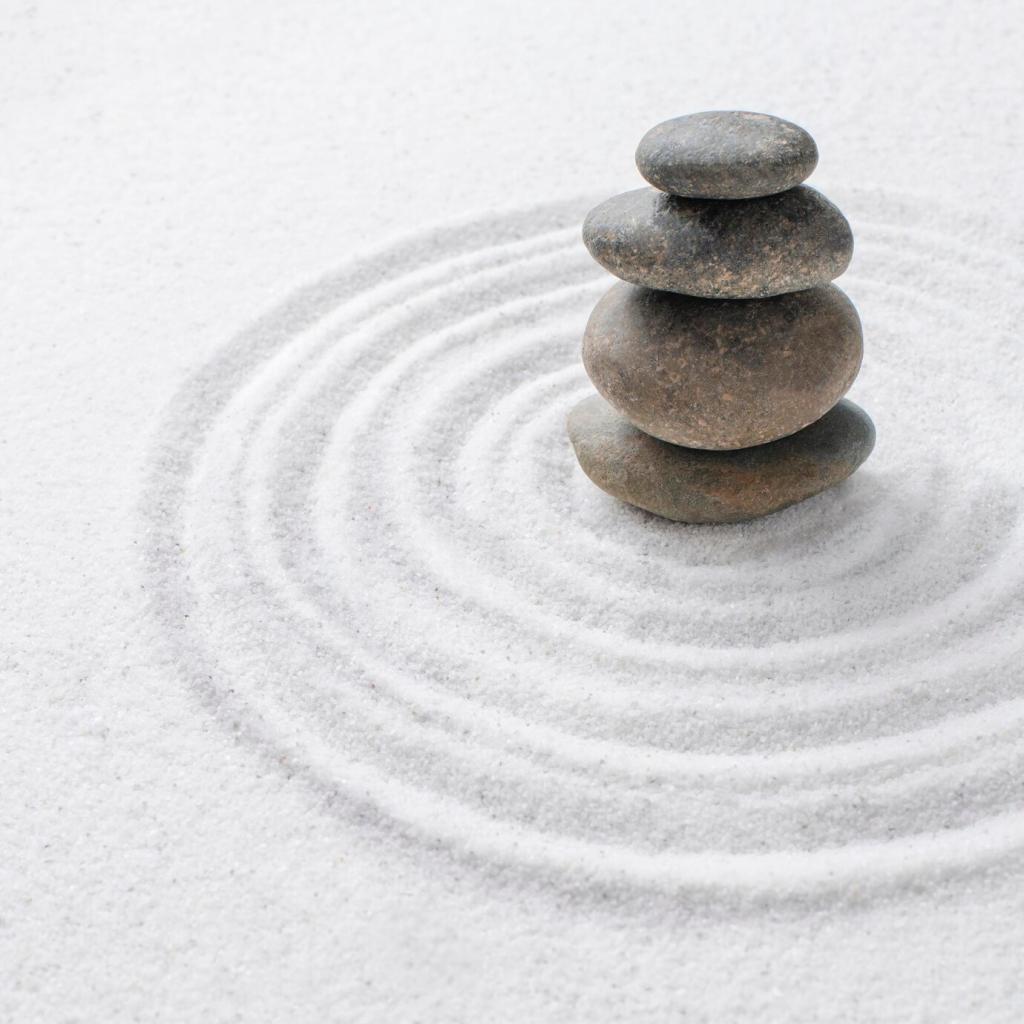
Collect swatches from magazines or paint chips, build triads and analogs, and record your mood before and after viewing. Patterns emerge quickly, teaching which harmonies energize you and which gently return you to calm clarity.

